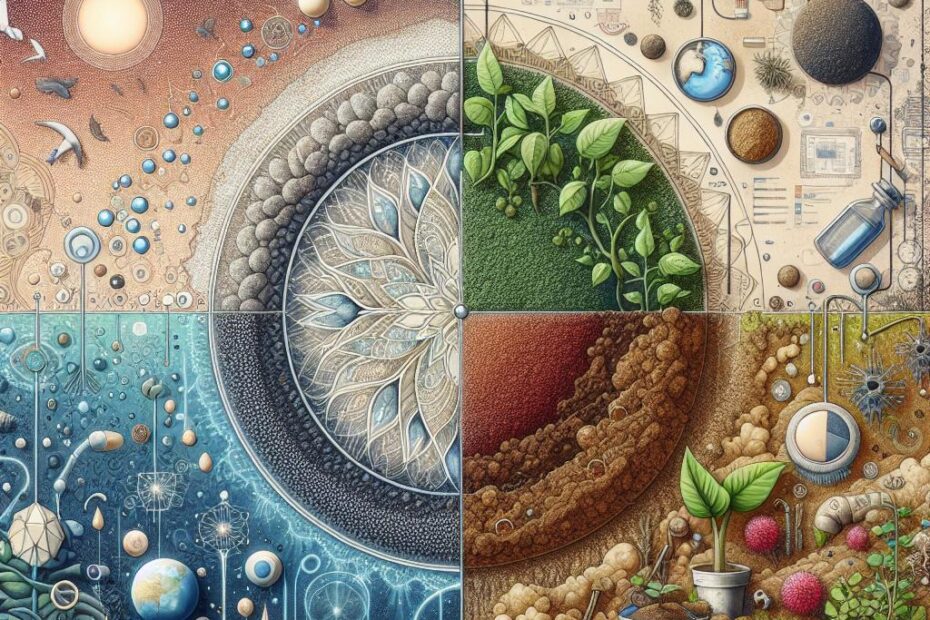Title: What is the Difference Between Dirt and Soil?
Introduction:
When it comes to gardening, farming, or landscaping, the terms “dirt” and “soil” are often used interchangeably. However, there is a significant difference between the two that can impact the health and fertility of your plants. In this article, we will explore the distinctions between dirt and soil, their properties, and how they can affect plant growth.
Dirt vs. Soil: Understanding the Difference
The terms “dirt” and “soil” are often used interchangeably, but they actually refer to different things.
Dirt:
- Dirt is typically seen as something unwanted or unclean.
- It is comprised of disintegrated rock, minerals, and organic matter.
- Dirt lacks the necessary nutrients and organic matter to support plant growth.
- It is often found in areas where plants do not naturally grow, such as construction sites or barren landscapes.
Soil:
- Soil, on the other hand, is a living, dynamic system that supports plant life.
- Soil is a complex mixture of minerals, organic matter, water, and air.
- Soil provides essential nutrients, such as nitrogen, phosphorus, and potassium, to plants.
- Soil is teeming with microorganisms, fungi, and earthworms that contribute to its fertility.
Key Differences Between Dirt and Soil:
- Dirt is dead and lacks nutrients, while soil is alive and teeming with life.
- Dirt is often found in areas where plants do not naturally grow, while soil is the foundation for plant growth.
- Soil is a complex ecosystem that supports plant life, while dirt is simply disintegrated rock and minerals.
Benefits of Healthy Soil:
Healthy soil is essential for vibrant plant growth and a thriving ecosystem. Some key benefits of healthy soil include:
- Improved plant growth and productivity.
- Enhanced water retention and drainage.
- Increased nutrient availability for plants.
- Greater resistance to pests and diseases.
Practical Tips for Building Healthy Soil:
- Add organic matter, such as compost or manure, to your soil regularly.
- Avoid over-tilling your soil, as this can disrupt its structure and harm beneficial microorganisms.
- Test your soil regularly to ensure it has the right balance of nutrients for your plants.
- Mulch your soil to retain moisture and suppress weeds.
Case Study:
A study conducted by the University of California, Davis, found that farmers who implemented soil-building practices, such as cover cropping and composting, saw significant improvements in soil health and crop yields.
Firsthand Experience:
As a seasoned gardener, I have witnessed the impact that healthy soil can have on plant growth. By incorporating compost and other organic amendments into my soil, I have seen my plants thrive and produce bountiful harvests.
Conclusion:
In conclusion, the difference between dirt and soil lies in their composition and ability to support plant life. Soil is a living, dynamic system that provides essential nutrients and support for plants, while dirt is simply disintegrated rock and minerals. By understanding the distinction between the two and taking steps to build healthy soil, you can create a thriving garden or landscape that will flourish for years to come. Remember, healthy soil means healthy plants!
